The ASTM G173 Standard Spectral Distribution of Sunlight represents a standard, reference solar spectrum that is used for solar photovoltaics testing and calibration purposes. It was defined in the seventies and is derived from measurements at a location with clear atmospheric conditions and an Air Mass of 1.5 (AM 1.5), which is typical of sunlight at mid-latitudes (like the Midwest USA) when the sun is at a moderate angle. The spectral content of sunlight in sunbelt countries, where more than 60% of the global population lives and where the uptake of PV is growing at a fast pace, is quite different from the standard spectrum, and these differences influence the output of emerging PV technologies such as tandem perovskite-Si, pure perovskite and CdTe thin film technologies.
The well-proven and over 70-year-old crystalline silicon PV technology represents 98% the solar photovoltaic market, and while it gets closer to its maximum theoretical efficiency, emerging technologies such as tandem perovskite-Si have already reached close to 35% conversion efficiencies, and are projected to gain market share in the coming decade. Solar cell conversion efficiencies are measured at Standard Test Conditions (STC), which include the standard spectrum, but which are never simultaneously occurring in the field. Despite efforts to introduce the concept of Realistic Reporting Conditions in the early nineties, STC remains the preferred and convenient set of power rating conditions for the solar industry. However, what the consumer buys when purchasing a solar PV module rated a certain power (Wp) at STC is the corresponding energy output (kWh/year), which will depend on where it is operating. This energy output will depend mostly on the PV cell operating temperature (very seldom the standard 25 C, especially under high irradiances in warm climates), the irradiance integrated over the year, and the spectral distribution of this irradiance (very seldom the standard AM 1.5).
Spectral shifts from the ASTM G-173 Standard Distribution of Sunlight, which was defined for the 1976 USA Standard Atmosphere with a rural aerosol loading, under AM 1.5 conditions, representing a specific solar zenith angle of approximately 48.2 degrees, are common. Key atmospheric parameters for this standard spectrum include a total column water vapour of 1.42 cm, a total column ozone of 0.34 atm-cm, a CO2 concentration of 370 ppmv (current CO2 levels at time of writing are 426 ppmv), and an Aerosol Optical Depth (AOD) of 0.084. Variations in these atmospheric parameters lead to spectra that are blue-light rich and red-light poor, as the ones shown in the figure below, for four different locations in Brazil.

These spectral variations have different consequences in PV device output performance, depending on their spectral response. The figures below show simulations carried out in Brazil for the Spectral Factors (SF) of these shifts in spectral content of sunlight on the performance of silicon HBC (Heterojunction Back Contact), CdTe (Cadmium Telluride) and perovskite thin film, as well as tandem perovskite-silicon solar cell devices. In Brazil, thin film technologies have shown important performance gains (up to 4%) caused by the characteristic spectral distribution of light. For single-junction silicon devices, the impacts of spectral distribution are negligible (less than 0.5%), due to their wide spectral response. For tandem perovskite-silicon, significant spectral losses (up to 6%) are expected due to the current mismatch between the top perovskite and the bottom silicon cell. This happens because the top and bottom cells operate in series in a 2-terminal tandem and must have the same current. However, the silicon bottom only absorbs the red side of the spectrum, and the local spectrum is very blue-rich, making it so the top perovskite cell can have a much higher current, but is limited by the bottom silicon cell.
These losses can be compensated in bifacial tandem perovskite-silicon over high-albedo ground covers. When a tandem cell is made bifacial, the bottom cell current is boosted with rear-side illumination, decreasing the current mismatch, thus unlocking the full potential of the top perovskite cell, which benefits from the local blue-shifted spectral distribution. An albedo value of 50% is needed to compensate for the top/bottom cell current mismatch under Brazilian atmospheric conditions. These results show the importance of high-reflectance ground covers in unleashing the full potential of perovskite/silicon PV devices.



Authors: Prof. Ricardo Rüther (UFSC), rruther@gmail.com; Prof. Andrew Blakers /ANU, Andrew.blakers@anu.edu.au
ISES, the International Solar Energy Society is a UN-accredited membership NGO founded in 1954 working towards a world with 100% renewable energy for all, used efficiently and wisely.
The views and opinions expressed in this article are the author’s own, and do not necessarily reflect those held by pv magazine.
This content is protected by copyright and may not be reused. If you want to cooperate with us and would like to reuse some of our content, please contact: editors@pv-magazine.com.
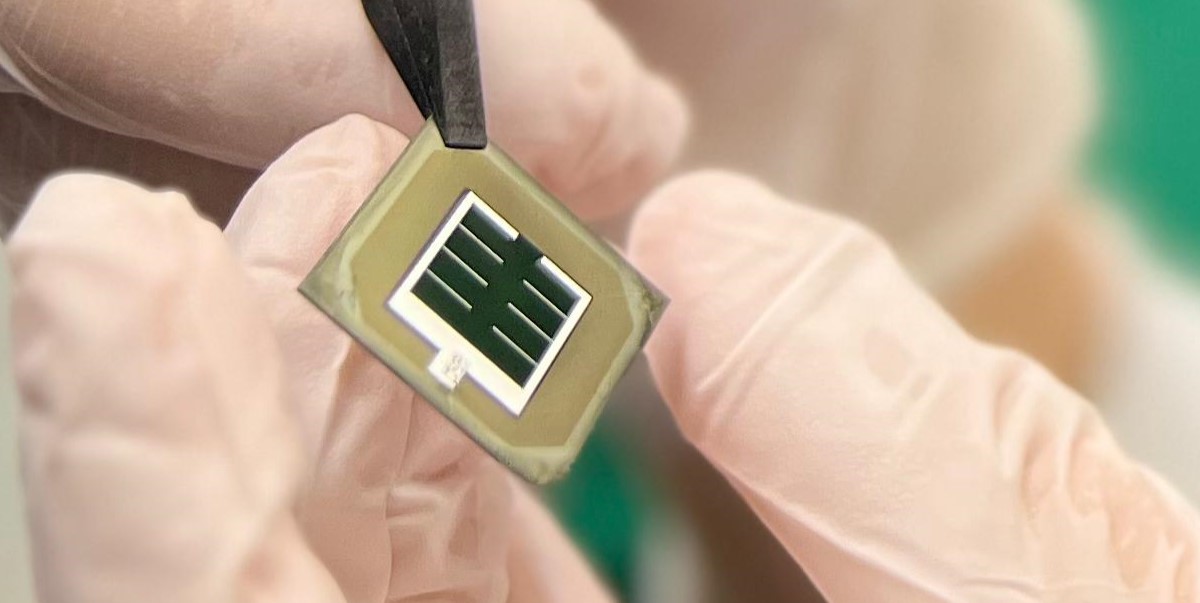
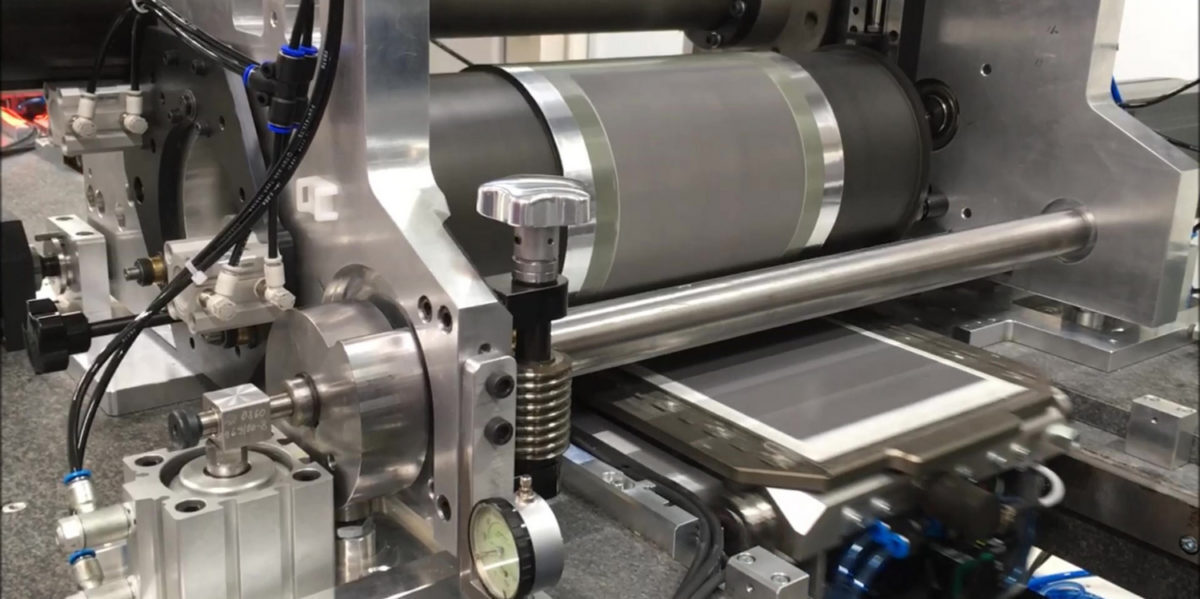

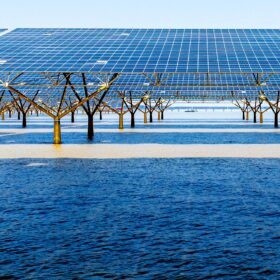
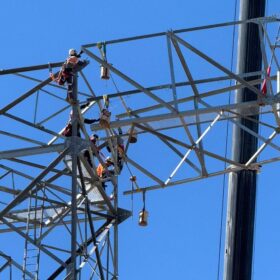
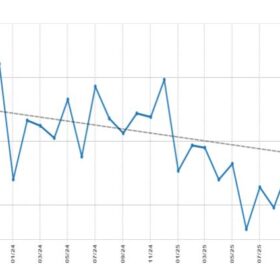


By submitting this form you agree to pv magazine using your data for the purposes of publishing your comment.
Your personal data will only be disclosed or otherwise transmitted to third parties for the purposes of spam filtering or if this is necessary for technical maintenance of the website. Any other transfer to third parties will not take place unless this is justified on the basis of applicable data protection regulations or if pv magazine is legally obliged to do so.
You may revoke this consent at any time with effect for the future, in which case your personal data will be deleted immediately. Otherwise, your data will be deleted if pv magazine has processed your request or the purpose of data storage is fulfilled.
Further information on data privacy can be found in our Data Protection Policy.